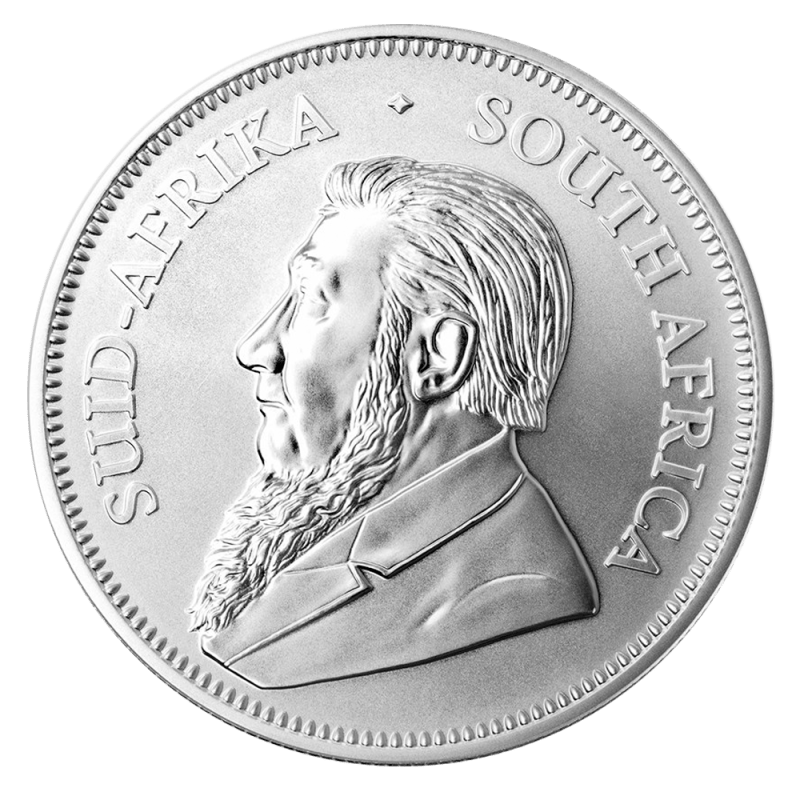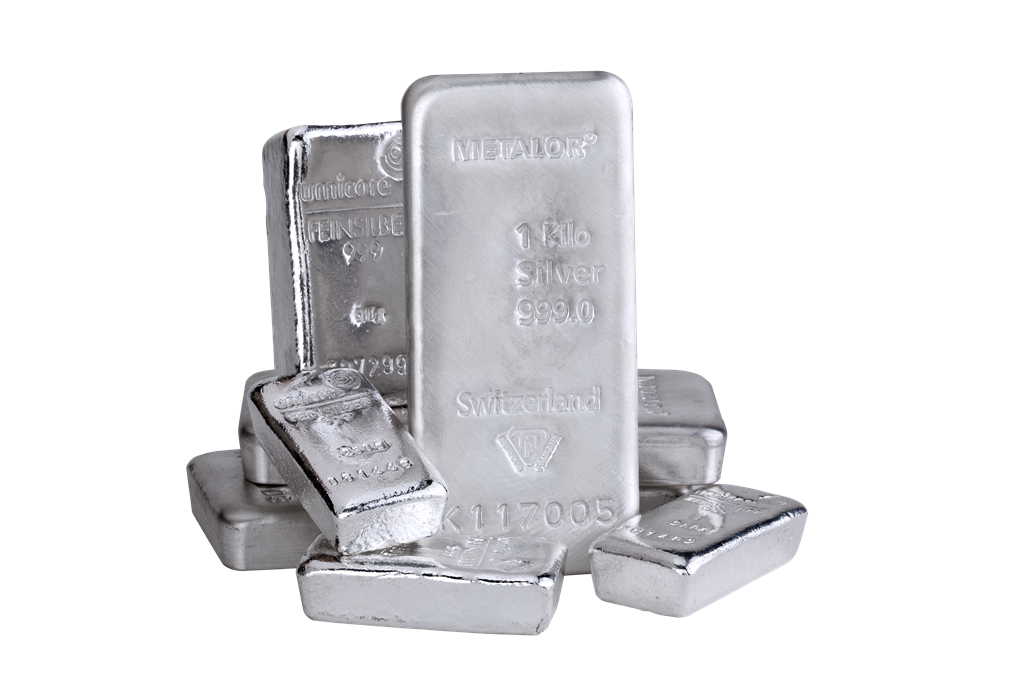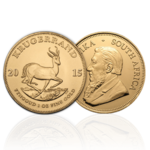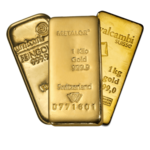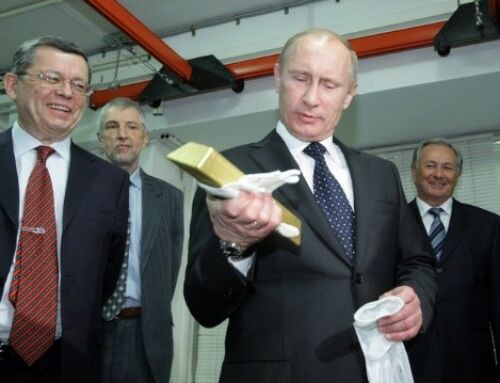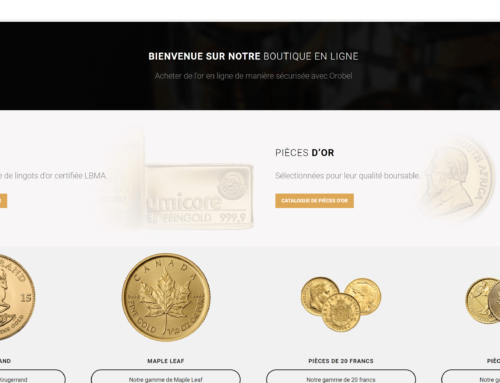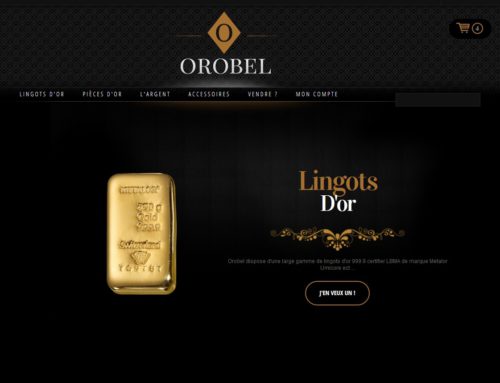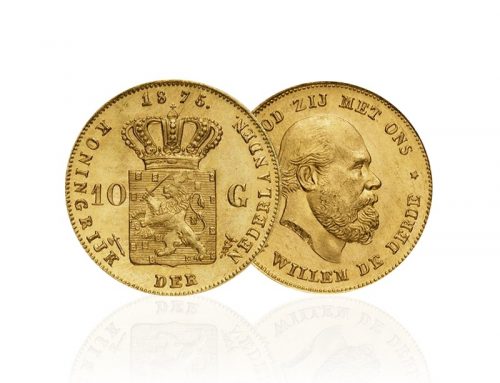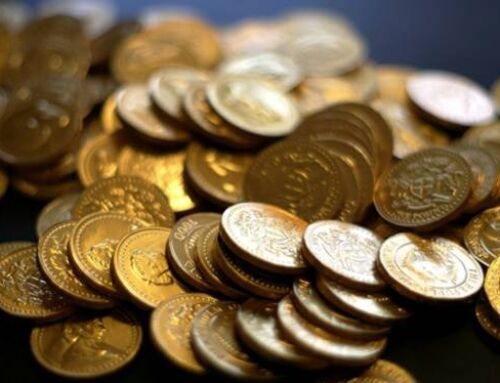The history of precious metals refining
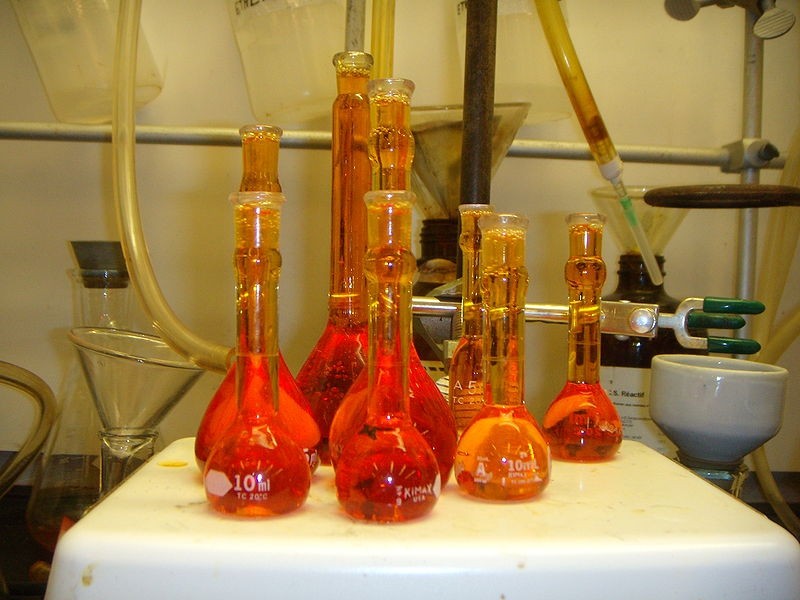
Refining involves purifying a material or a metal
In antiquity the process of purification of precious metals was cupellation.
Of lead oxide called litharge was melted with gold or silver or both in bone ash crucible or « cup ».
At a certain temperature, lead dissociated want to precious metals and is absorbed by the bone cup.
Lead has the distinction of onboard with him all metals oxidize and left the precious metal in the cup and in our case either gold or silver.
At that time, palladium and platinum was not yet known.
This leaves a buttercup purify copper and other metals extracted by the molten lead that was absorbed by the cup.
Thus we came to get gold or silver more pure at that time.
Cupellation is still used but for technical analysis of gold and silver. Was replaced by gold ash to magnesium oxide for the manufacture of cups.
Nowadays, thanks to the mastery of acids, precious metals recycling are refined by a dissolution method by « aqua regia » which consists hydrochloric and nitric acid is used for refining gold.
This method of refining gold enables arrived at a purity of 99.9% and sometimes higher.
To reach a purity of 99.99% or 99.999%, it is necessary to past by electrolysis.
Other precious metals such as platinum or palladium may dissolve by « treat water » but it must be almost boiling.
